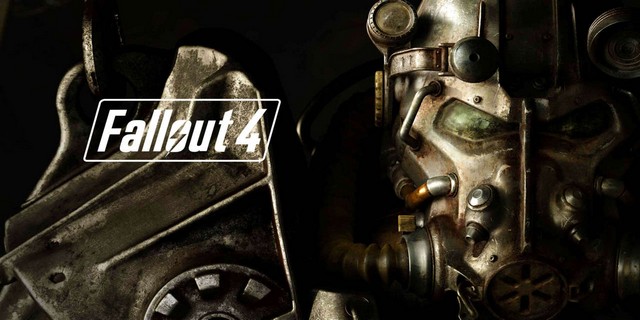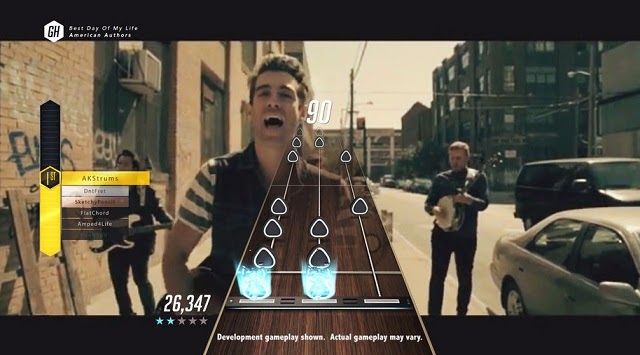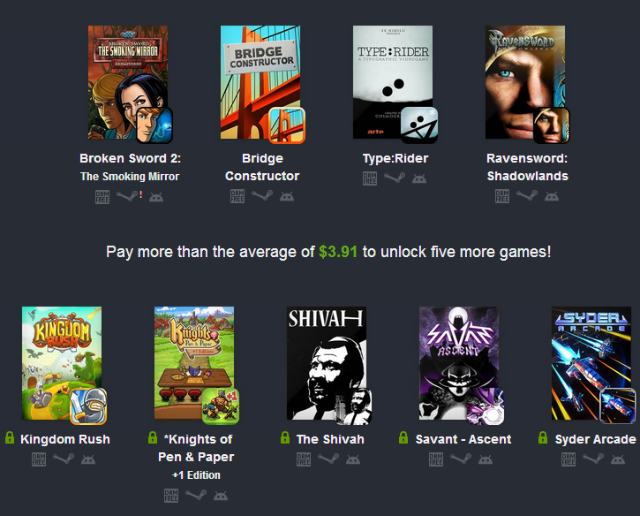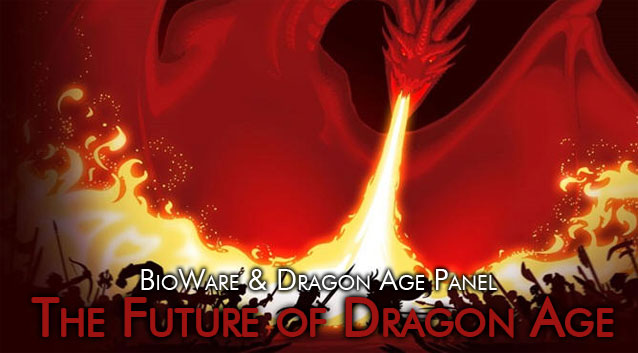


Developer thatgamecompany’s Journey is one of those rare few games that actively invites discussion. With its striking visual aesthetic and minimalistic presentation of story, there’s a lot in Journey that’s open to interpretation. At first glance, the game tells the story of the unnamed player-character as it makes its way through a barren desert populated with half-submerged ruins to a distant light-topped mountain. However, when you look closely, you’ll find that the environment in Journey tells its own story—a story of waves and sea creatures. Journey’s “desert” landscape is the ghost of an ocean that serves to remind the player of loss.
Let’s first look at the landscape and environment before addressing how some of Journey’s gameplay mechanics reinforce this aquatic theme. Journey is full of striking vistas. Almost every screenshot that accompanied press about the game showed the player-character standing on top of towering sand dunes. But once you set the game in motion, you’re able to see things that the static images can’t convey.
In motion and in certain areas, Journey’s lighting engine renders the sand in such a way that appears like water. Light ripples across the faces of the dunes like it’s reflecting off shimmering waves. This desert is not a static place. You encounter rivers and waterfalls of sand multiple times over the course of your journey. These falls flow and shift in an unending fashion, just like a real river made of water.

During my time with the game, I had to remind myself several times that my character was actually traversing sand, not walking on water. Because the gameplay of Journey focuses on jumping and defying gravity, the intentional optical illusion of being able to walk on water gels with theme of being lighter than air.
That’s enough about the environment and level design for now. Aside from your avatar, the only “living” things the player encounters are the “scarf dogs.” That’s just the name I made up for them during my time with the game. Their call sounded almost like a coyote’s bark or yip—which fits with the surface-level desert theme of the game—but when I actually looked at their behavior, I realized they weren’t dogs or coyotes at all; they were dolphins.
Because they’re living creatures made from the same material as the player’s scarf—the one that grants the player limited flight abilities—the scarf dogs are able to fly. All throughout the game you see them flying around, up and down in patterns, diving underneath the sand and then bursting back up into the air. Their behavior looks like it was modeled after the way dolphins will jump in and out of the water in front of ships. As I flew through the air with them, I became their ship, and they would frolic through the air in front of and around me. But then my scarf would run out of power and I’d fall back to the earth while they continued to fly.
The most poignant and enjoyable parts of the game for me were the sequences where you get to “sand surf” for lack of a better term. In these sequences all of the above elements come together to fully create the illusion that you’re not in a desert wasteland, but really part of an ocean, teeming with life. Your character slides down sand that is rendered to look like water. The scarf dogs jump around you like dolphins and other fish. And then you leap! With your scarf powered up, you’re able to mimic their actions, rising and falling through the air just like them. These moments are liberating and bittersweet at the same time. Your scarf will eventually run dry. Your downhill area will end. The lighting will change. And then you’ll remember you’re trapped on dry—very dry—and dead land.
Water representing life isn’t a new theme. It’s even central to the most famous pieces of “desert fiction” out there. The desert in Journey may be designed in such a way as to remind the player of an ocean, but it’s not one. It’s just an illusion to hammer home the death and loss the previous civilization inflicted upon themselves, as alluded to during the cutscenes.
The player’s journey is an attempt to recapture some of that lost vibrancy — maybe they’re successful during those joyous moments with the scarf dogs — but it never lasts. Journey’s desert is the ghost of an ocean. Journey’s desert is death.




 13 Fallout 4 tips for everybody
13 Fallout 4 tips for everybody Humble Bundle PC and Android 9 Gets Even Better With 3 More Games
Humble Bundle PC and Android 9 Gets Even Better With 3 More Games War of the Roses Hands-On Preview
War of the Roses Hands-On Preview Dead or Alive 5: Last Round review
Dead or Alive 5: Last Round review BioWare and Dragon Age Panel: The Future of Dragon Age
BioWare and Dragon Age Panel: The Future of Dragon Age